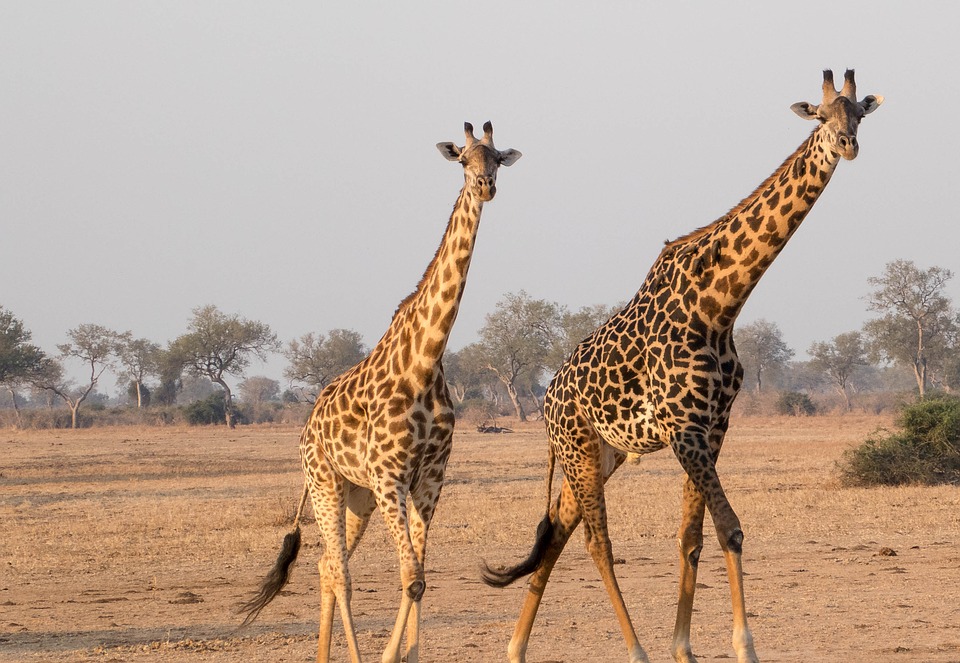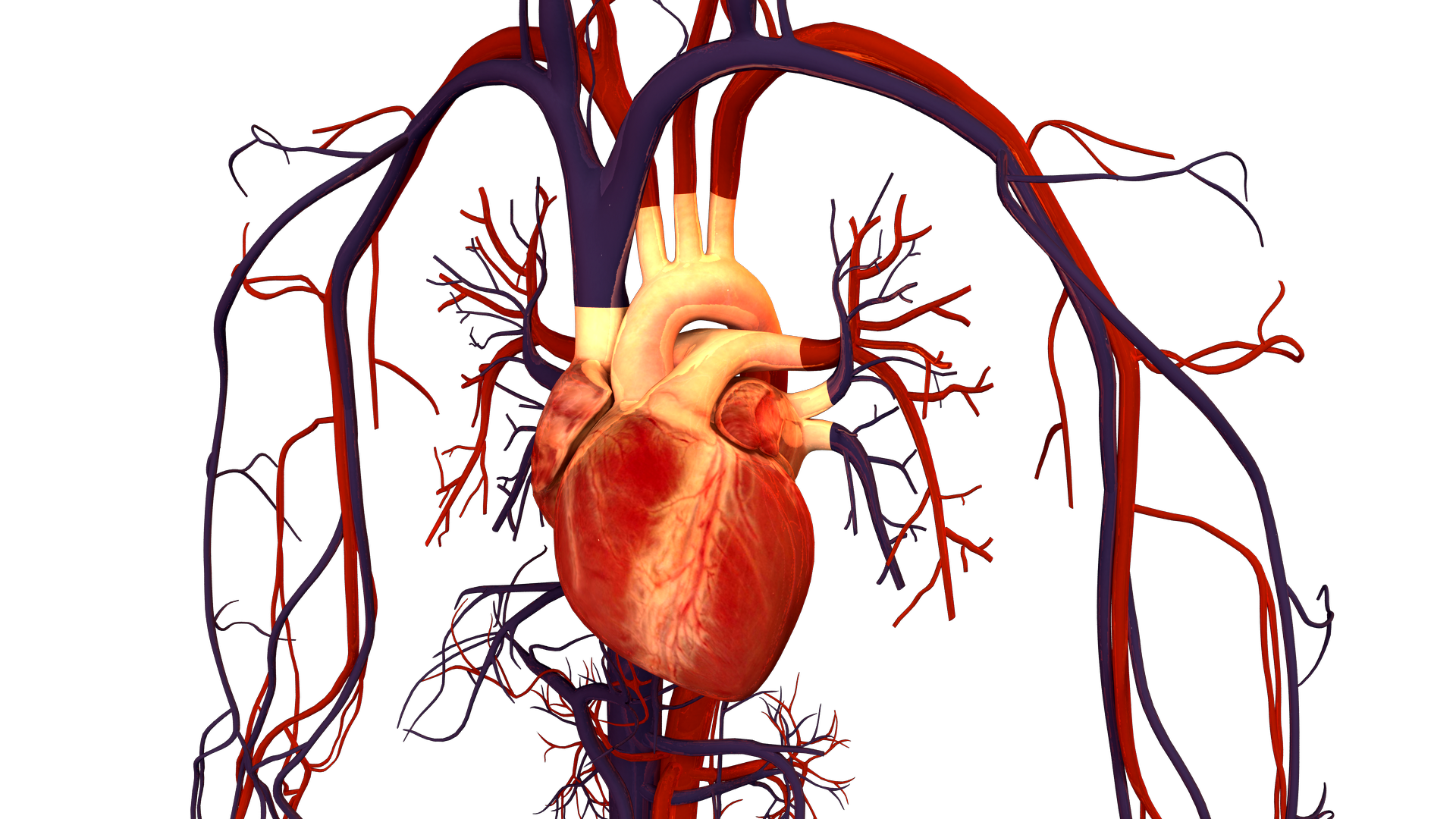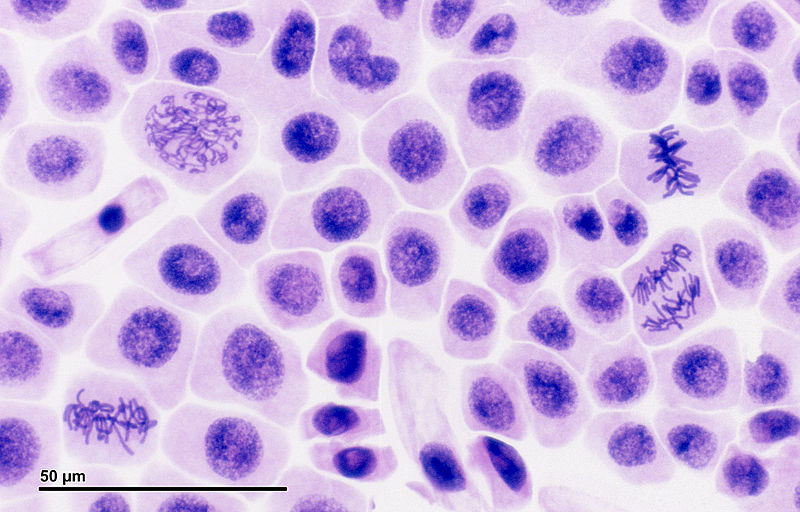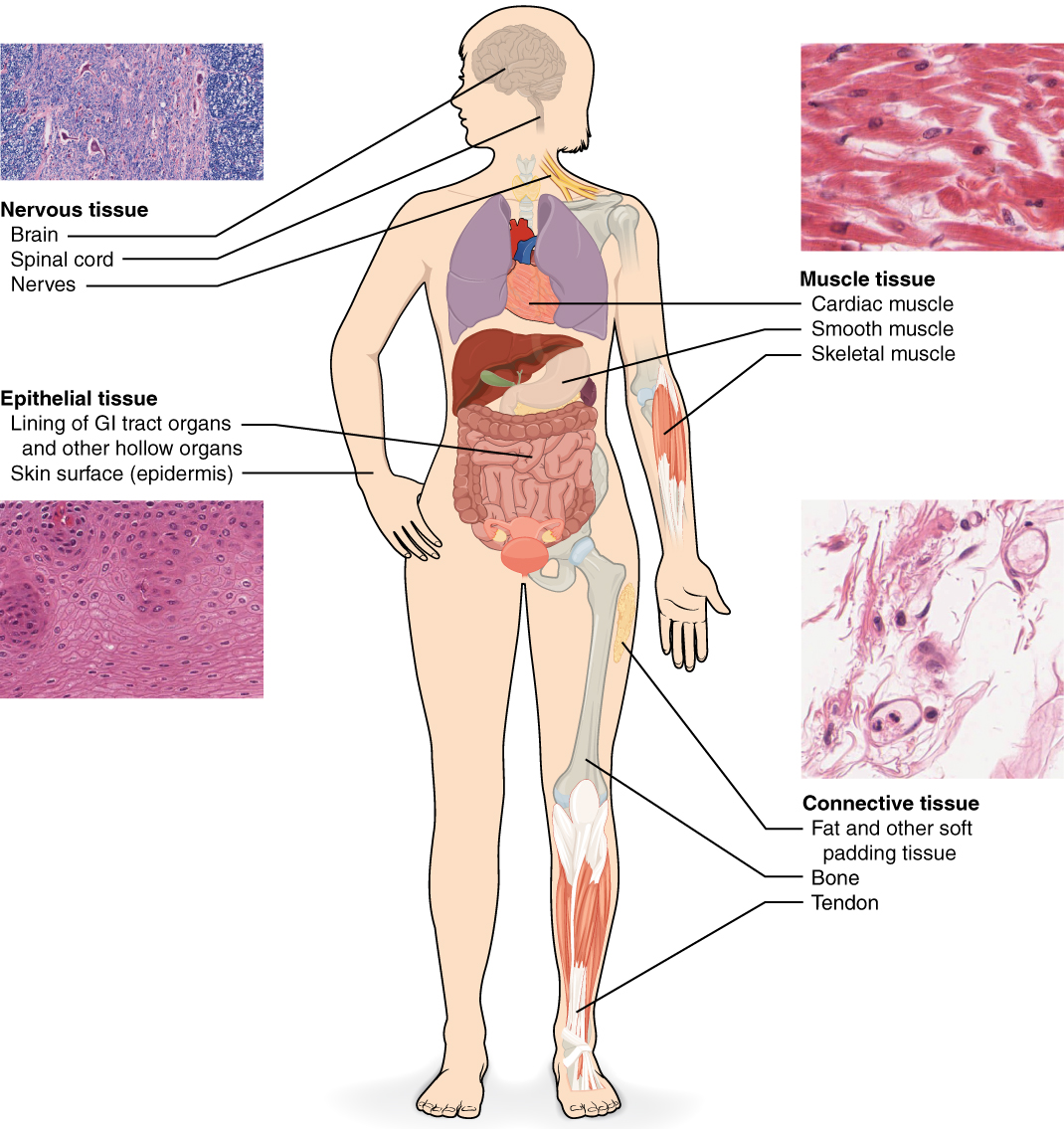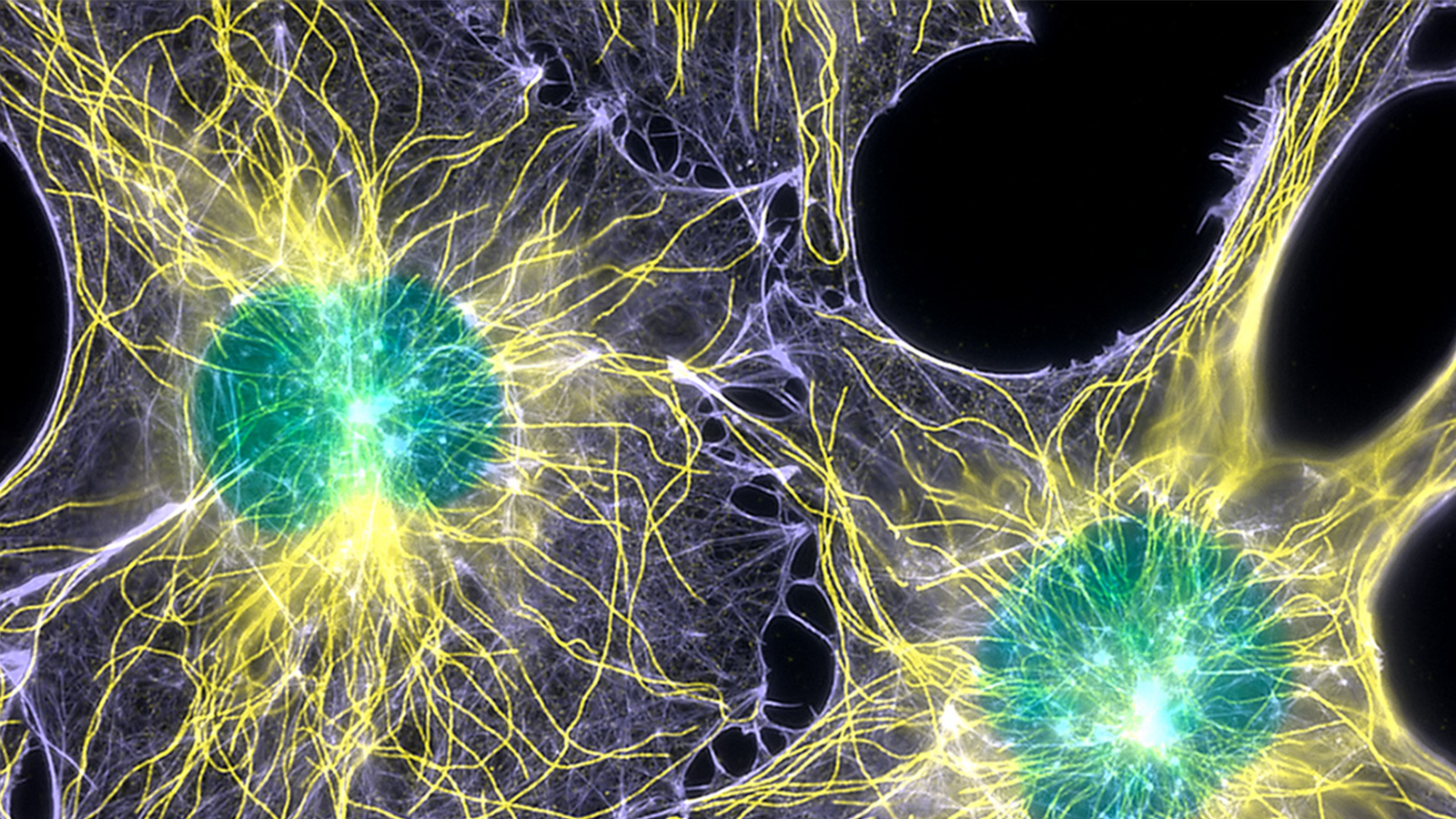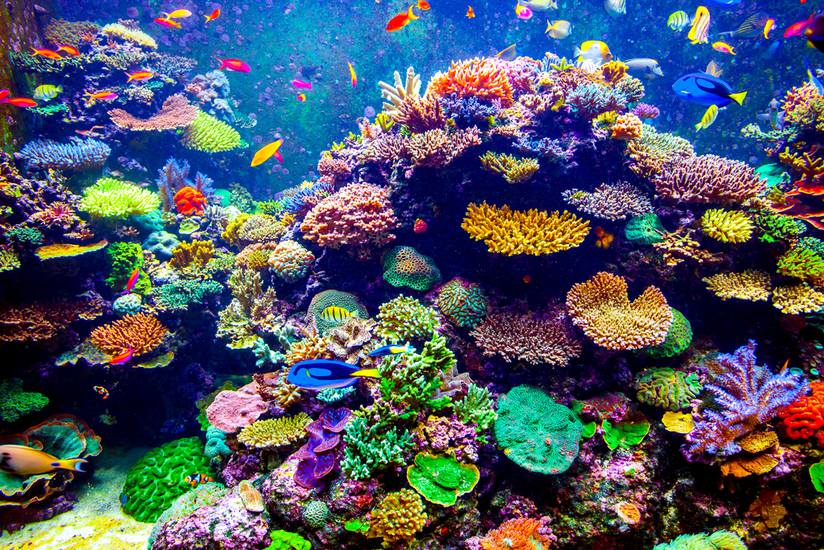Natural selection is defined as a process or a “force” that allows for organisms better adapted to their environment to better survive and produce more offspring. The theory of natural…
read moreThere are multiple organ systems in the human body that work together to keep us alive. One of these systems is the circulatory system. The major components of the circulatory…
read moreThe Hardy-Weinberg equilibrium is a model that proposes allele (variations of a gene) and genotype (genetic makeup) frequencies within a population remain constant when the population is in equilibrium. If…
read moreMitosis is a form of cell division that allows a mother cell to give rise to two daughter cells. The daughter cells are genetically identical to each other and to…
read moreIn order for us to complete are daily actions, we need our body to function as a whole. The body does this by having organs work together for different purposes.…
read moreA synapse is a structure that is essential to the function of the nervous system. This structure allows a neuron (a nerve cell) to transmit a signal to a target…
read moreOverview Coral has the appearance of a beautiful undersea garden, but contrary to its appearance, coral is not a plant; it is technically classified as an animal. Coral reefs are…
read moreOverview Penguins are flightless birds that spend most of their time in the ocean. They are native to many locations in the Southern Hemisphere, including Antarctica, New Zealand, southern Australia,…
read moreOverview Jellyfish are found in all the world’s oceans, from the surface to the deep sea. Most live in saltwater, although there are a few species that live in fresh…
read moreOverview Rays are fish that are close relatives of sharks. There are over 600 species, and most live in tropical or subtropical marine environments. Like sharks, their skeletons are made…
read more

